source: editor:马一旭
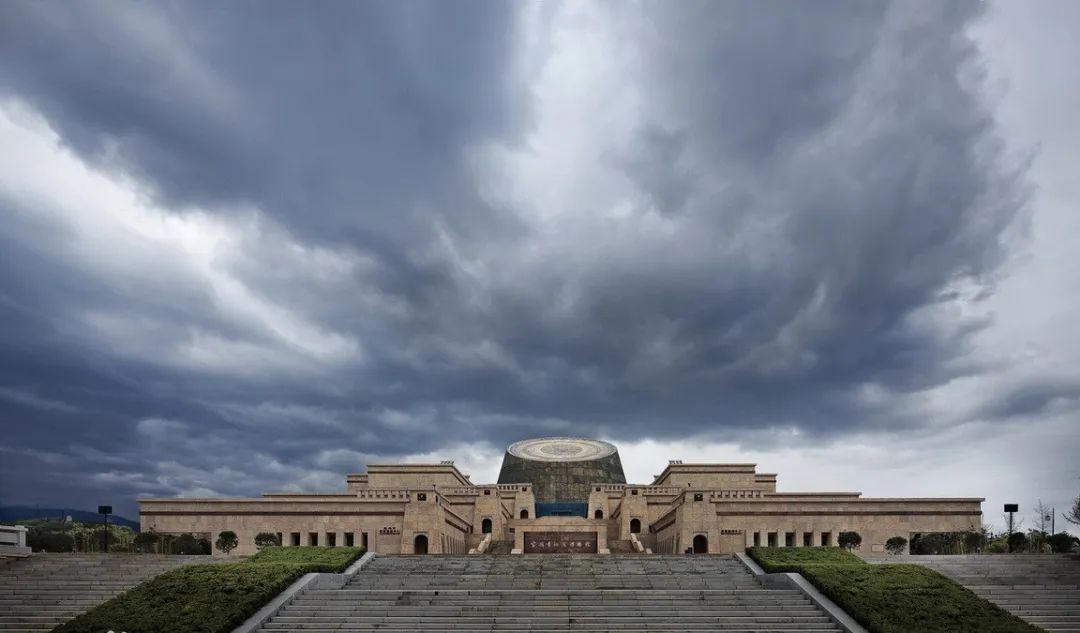
The Baoji Bronzeware Museum is an archaeology museum in Shaanxi's Baoji, a place known as "a city of bronzeware". It has a collection of more than 120,000 pieces of cultural relics through the ages discovered in Baoji, most of which are Zhou-dynasty bronze wares. Among relics, the most significant one is Hezun that is famous as the oldest artifact with the written characters meaning "Middle Kingdom".
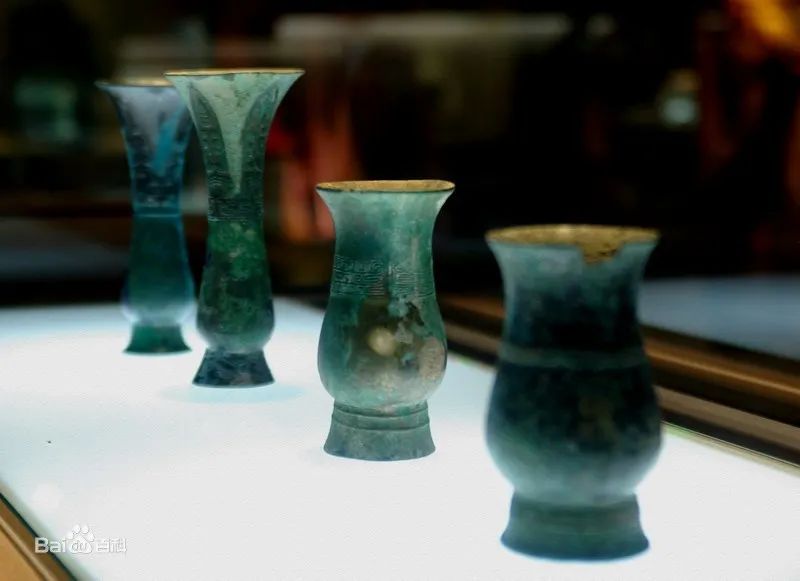
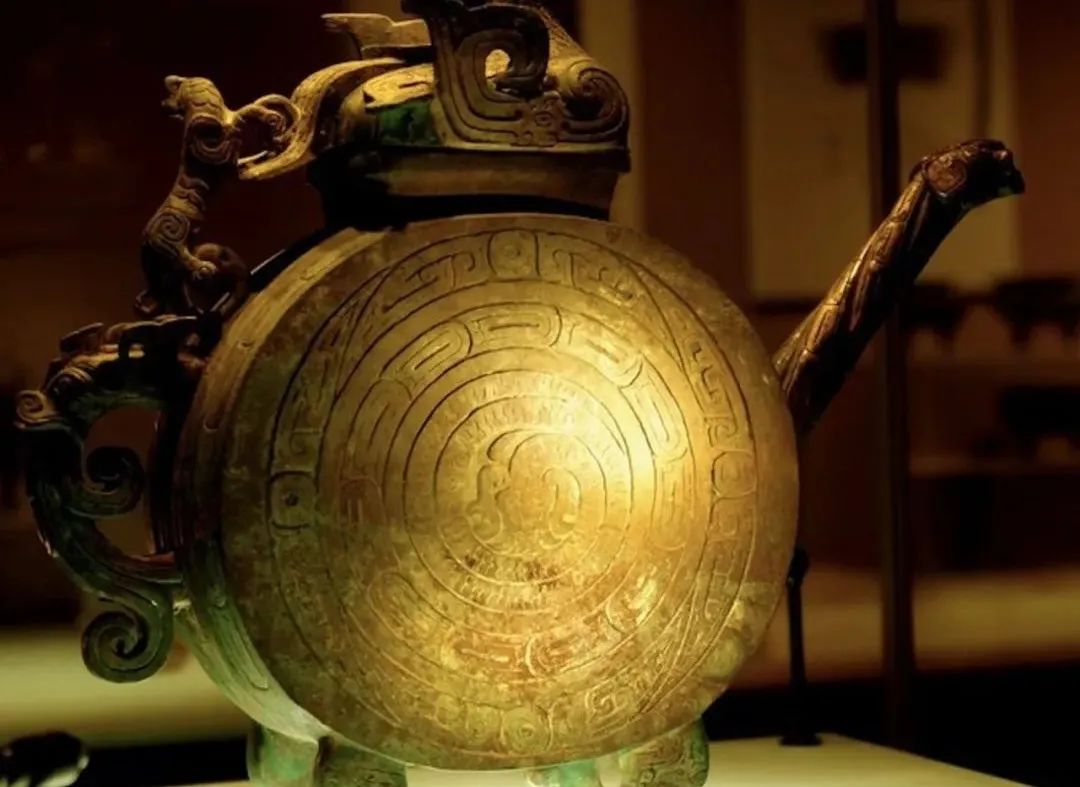
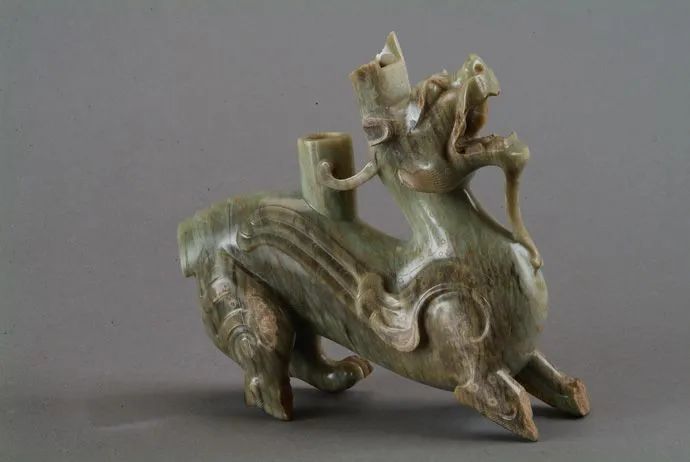
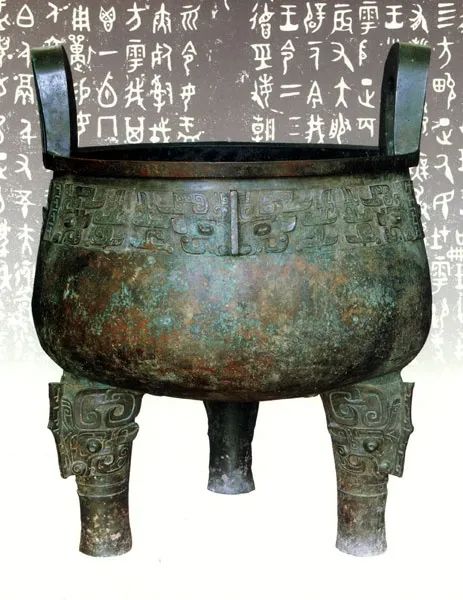
Cultural relics in the Baoji Bronzeware Museum
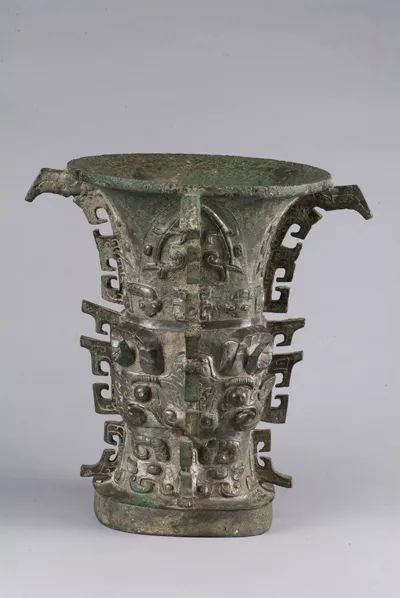
He zun
The He zun is an ancient Chinese ritual bronze vessel of the zun shape. As a zun used for sacrificial ritual, the relic belonged to a feudal noble named He, hence the name He zun. It dates from the era of early Western Zhou (1046–771 BC). Today it is in the Baoji Bronze Ware Museum in Shaanxi. He zun, unearthed in 1963, later became one of only 64 designated pieces of historical artifacts that can never leave Chinese soil.
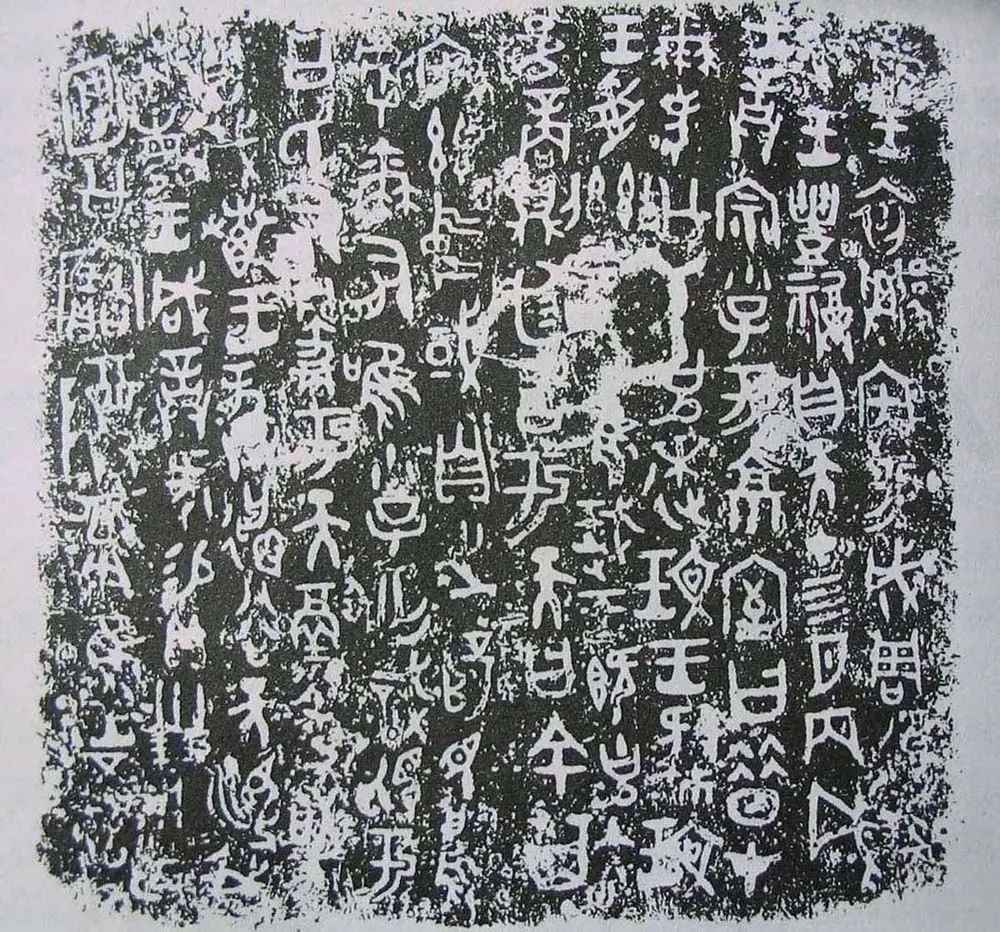
The inscription at the base of He zun
He zun and the word "China"

Inside the container, at the base, it contained 12 rows of 122 inscribed Chinese characters. Of the 122 characters, 119 are identified while 3 are unknown. The inscription bears great historical significance as it is about the fact that King Cheng of Zhou built the then capital Luoyi. Among the characters is the phrase (宅茲中國) inscribed in the Zhou era form, which generally means "I want to stay in the center of the world". The fact that this is the earliest known artifact to contain the word "Middle Kingdom/China" makes He zun such a meaningful relic. The word "Middle Kingdom" here refers to the Zhou dynasty's then capital Zhouyi, now in Luoyang, Henan province.
Fun facts about He zun
The lost artifact was discovered by a Chen family in Jiacun Town in Baoji, Shaanxi. Behind their house was a 3-meter tall cliff. One cubic meter of the piece was sticking out from the soil. In 1963 the second son of the family dug out the piece thinking the part that sticks out would hurt somebody. The piece revealed a taotie design, but the family did not know it was a national treasure. They then used it as a food storage container at home after cleaning it. On August 8, 1965, the family struggled with financial difficulties and sold the piece along with other junk to a waste center in Baoji for 30 yuan. A month later, a worker in the waste center informed an expert about the bronze piece. The expert recognized it as a Zhou dynasty artifact and brought it back to a museum. He zun was finally remembered as a national treasure in 1975 when a bronze expert found the inscription of 122 characters and recognized its significance.
Information
Add: Shi-ku Garden, Shi-ku mountain, Binghe Avenue, Baoji city, about 180km to the west of Xi'an
Opening Hours:9:00—17:00
Tickets: Free